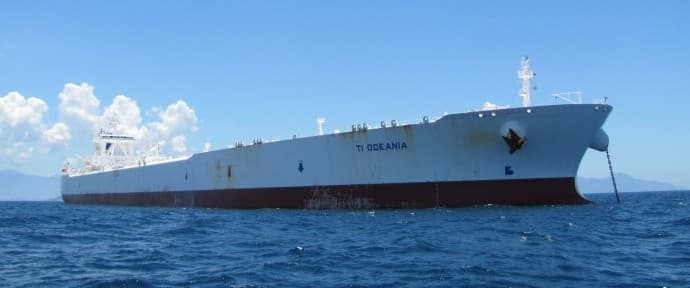Spot rates for very large crude carriers (VLCCs) sailing from the Persian Gulf to Asia have fallen sharply in recent days, as military tensions near the Strait of Hormuz subside and shipping flows resume a more stable pattern. Charterers that had paused bookings or rerouted vessels in mid-June amid fears of an Iranian blockade have begun re-entering the market, easing pressure on freight.
According to tanker brokers cited by gCaptain, VLCC rates for Gulf-to-China routes have dropped to approximately $63,000 per day, down from nearly $100,000 just two weeks ago. The fall reflected improved vessel availability and a partial unwinding of war-risk premiums, which had surged during the height of the Iran-Israel-US showdown.
AIS data shows a return to normal operating patterns near Hormuz, with fewer tankers loitering off Oman or taking evasive routes.
Insurers have not removed war-risk surcharges entirely, but the market appears to be recalibrating as immediate conflict fears ease.
The Strait of Hormuz, which handles roughly one-fifth of global oil supply, remains a strategic flashpoint, but no new disruptions have been reported since late last week.
This shift comes in contrast to LNG markets, where freight rates remain elevated due to longer rerouting around the Cape of Good Hope and strong summer demand. LNG shipping costs hit eight-month highs during the earlier peak in regional risk.
For crude carriers, however, the short-term risk premium appears to be easing. Market participants now see further downside in spot rates if geopolitical conditions continue to stabilize and available tonnage increases.
By Tom Kool for Oilprice.com
More Top Reads From Oilprice.com

